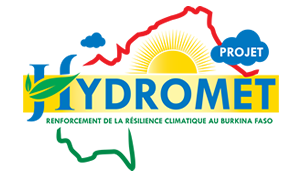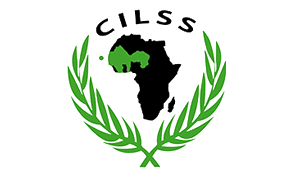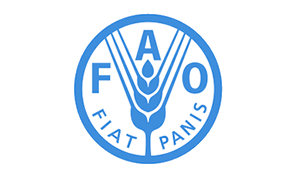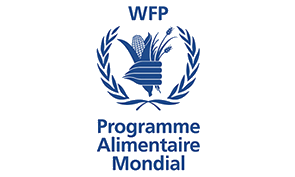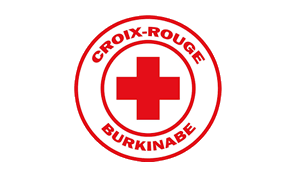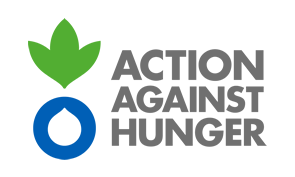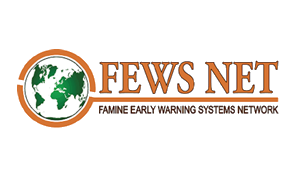The members of the food and nutrition situation forecasting committee (CPSA) met on January 25 and 26 for the first session of 2021. After a series of presentations and discussions on the state of the food situation and current and projected nutrition of the country, the members validated the results of the various analyzes and the cereal and food balances for the consumption period 2020-2021. At the end of the work, the committee made the following observations:
(1) The 2020-2021 agro-pastoral campaign has seen a generally normal course throughout the territory. The delays observed in setting up the campaign were offset by the good spatio-temporal distribution of rainfall during the months of July and August. However, cases of flooding, pockets of drought, attacks by armyworms and grain-eating birds during the months of August and September disrupted crop development in several localities. As a result of these findings, 91 municipalities were classified at risk of food insecurity because of the impact of these shocks.
(2) The cereal areas sown this year have fallen by 3.93% compared to the previous campaign. This decrease in acreage is said to be the result of the security situation and the delay in setting up the campaign. However, cereal production, estimated at 5,179,104 tonnes, recorded a positive variation of 4.85% compared to last season. That of cash crops, at 1,810,289 tons, is up 17.04% compared to the previous season and that of other food crops is 967,931 tons, an increase of 9.62% compared to the previous year. past campaign. This good performance of the season can be attributed to the substantial increase in support from the State and its Partners, which has enabled an improvement in yields despite the drop in areas, particularly that of cereals, of nearly 181,200 ha.
(3) In terms of food, the cereals available cover the consumption needs of the population for the year 2020-2021 and have a gross surplus of 109,321 tonnes. Taking into account the import-export balance, the net surplus would stand at 792,301 tonnes, or an apparent available amount of 243 kg / person / year. However, disparities exist between provinces and between farm households. In fact, 15 provinces are declared in deficit and 43.3% of agricultural households will not be able to cover cereal needs with their own production. Taking into account all the plant and animal products available, the food energy availability per person and per day would be 2,711 Kcal, that is to say a coverage of 108% compared to the standard of 2,500 Kcal / pers / d.
(4) At the pastoral level, biomass developed well during the season, benefiting from favorable rainfall conditions. The available fodder at the end of the season is estimated at 19 million tonnes of dry matter, thus covering animal needs at 107% for a period of eight months. The regions of the Center, the Sahel and the Hauts-Bassins are, however, declared to be very deficient. The drinking water points are also at a good level.
(5) The nutritional status of children under 5 remains worrying, particularly in the Sahel and Boucle du Mouhoun regions where global acute malnutrition (GAM) is above the 10% threshold. The national prevalence of MAG is close to this threshold, ie 9.1%. Over the period October 2020 to July 2021, the number of children who will need treatment could reach 631,800.
(6) The humanitarian situation remains dominated by the increasing number of internally displaced persons (IDPs) and flood victims. In fact, 1,074,993 IDPs were identified across the country as of December 31, 2020. The floods that occurred during the campaign left 126,803 people affected as of October 18, 2020.
(7) Food insecurity continues to affect a large proportion of the Burkinabè population, especially in the northern part of the country facing several risk factors including civil insecurity, population displacement, decline in production and increases. prices. During the coming lean season (June to August), if nothing is done, eleven (11) provinces could be declared in food crisis and two (2) provinces (Soum and Komondjoari) in food emergency. The population in need of food assistance is estimated to reach 2.7 million people, or 12% of the global population.
(8) Faced with these findings on the state of the food and nutritional situation in the country, the members of the committee made the following recommendations:
At the place of the Ministry of Agriculture, Hydro-agricultural Development and Mechanization:
Continued
